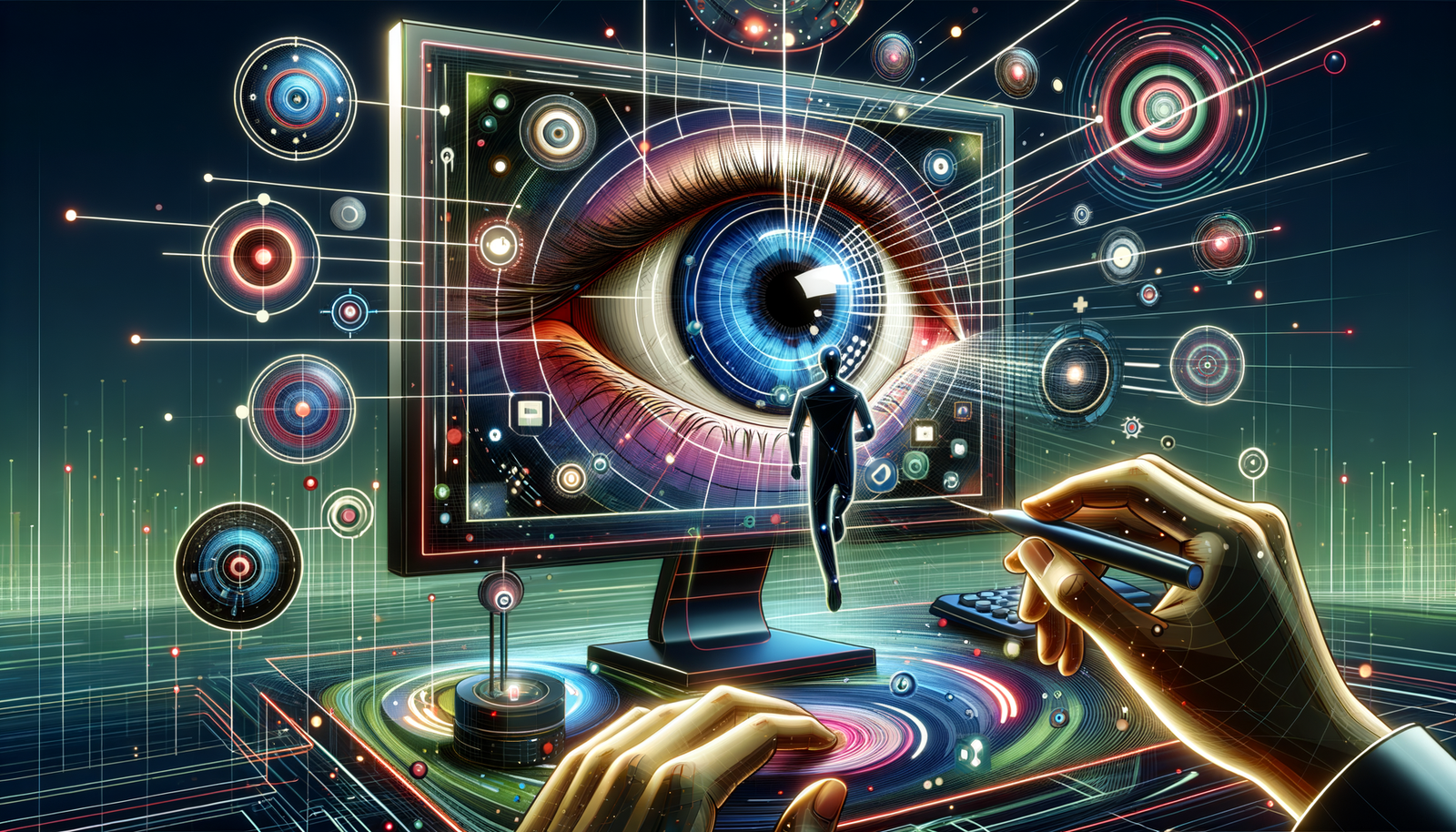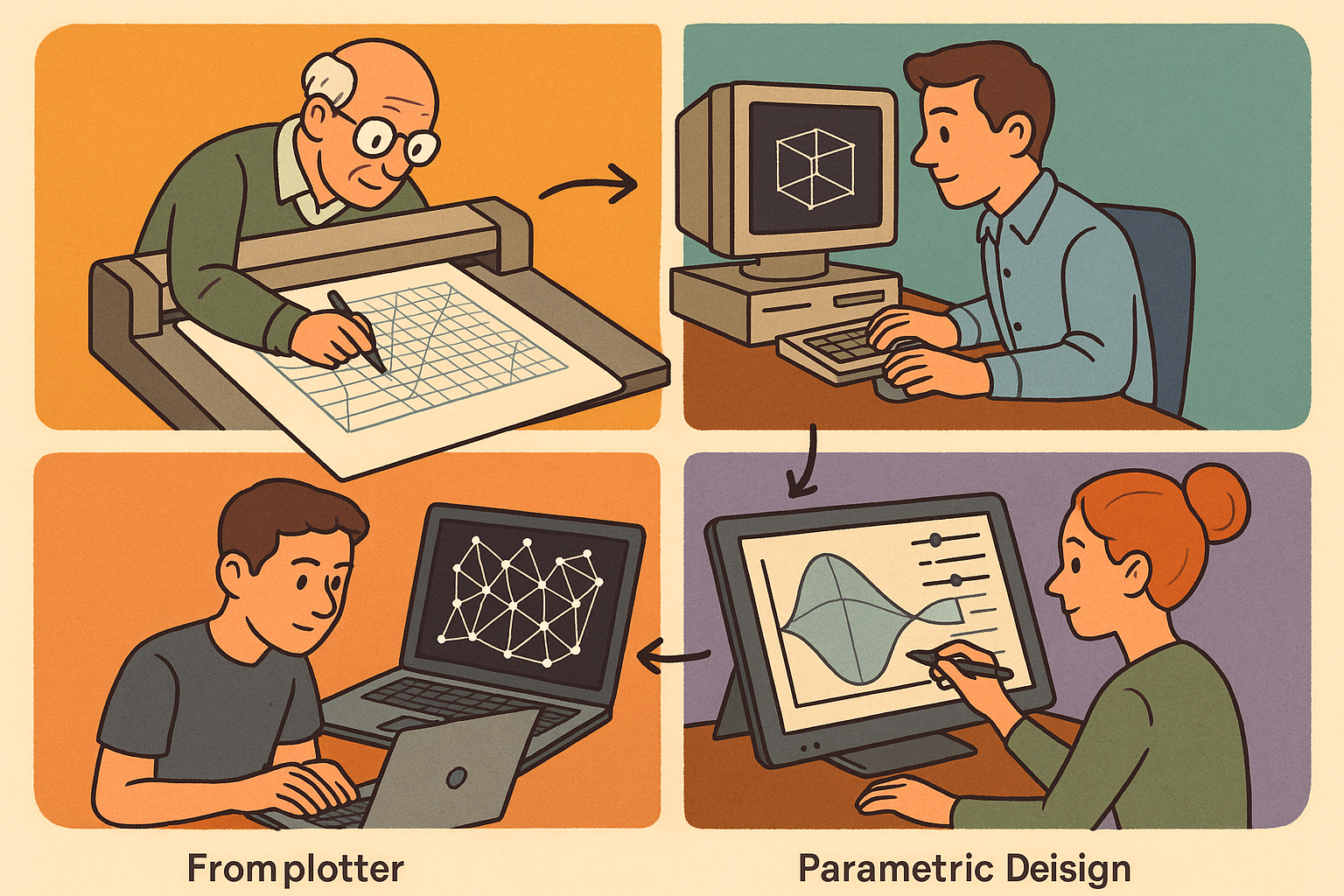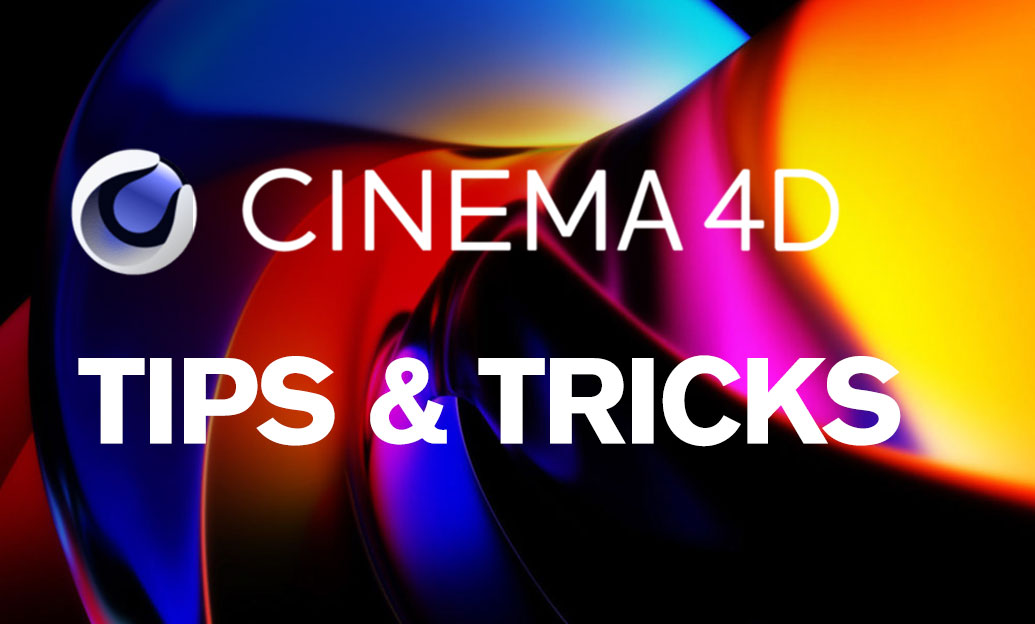Your Cart is Empty
Customer Testimonials
-
"Great customer service. The folks at Novedge were super helpful in navigating a somewhat complicated order including software upgrades and serial numbers in various stages of inactivity. They were friendly and helpful throughout the process.."
Ruben Ruckmark
"Quick & very helpful. We have been using Novedge for years and are very happy with their quick service when we need to make a purchase and excellent support resolving any issues."
Will Woodson
"Scott is the best. He reminds me about subscriptions dates, guides me in the correct direction for updates. He always responds promptly to me. He is literally the reason I continue to work with Novedge and will do so in the future."
Edward Mchugh
"Calvin Lok is “the man”. After my purchase of Sketchup 2021, he called me and provided step-by-step instructions to ease me through difficulties I was having with the setup of my new software."
Mike Borzage
Revolutionizing UI Design: Leveraging Eye Tracking Technology for Enhanced User Interaction
June 22, 2024 2 min read


Introduction to Eye Tracking Technology
Eye tracking technology, a method for measuring either the point of gaze or the motion of an eye relative to the head, has increasingly become a focal point in user interface (UI) design. Its roots extend back to early studies in reading and psychology, but modern advancements have transformed it into a critical tool for understanding user attention and behaviors in digital applications. The evolution of this technology over the years underscores its significance in crafting interfaces that are not just visually appealing but also intuitively navigable by users.
How Eye Tracking Technology Works and Its Integration into Design Software
At its core, eye tracking involves a combination of sophisticated hardware and software components to accurately track where and how long a user looks within a visual interface. This is achieved through devices that can range from mounted hardware on monitors to more discrete solutions integrated into glasses or webcams. The data collected is then analyzed and interpreted, often in real time, to provide insights into user engagement and interaction patterns.
Integrating this data into UI design requires designers to adopt software that can process and visualize eye tracking metrics. Examples of such software include Tobii Pro and EyeQuant, among others, which offer designers the ability to see heatmaps, gaze plots, and other visual representations of user eye movement patterns. This integration facilitates a more data-driven approach to design, allowing for adjustments to layouts, content, and interactive elements based on actual user attention rather than assumptions.
Benefits of Using Eye Tracking in UI I design
- Enhanced user experience by designing interfaces that align with natural eye movement patterns, thus making digital environments more intuitive.
- Improved accessibility features, which are crucial for users with physical disabilities, by leveraging eye movement as a method for interface navigation and interaction.
- Optimization of content placement and design elements by identifying areas that naturally attract more user attention and engagement, thereby increasing the effectiveness of the designed interfaces.
Challenges and Future Perspectives
Despite the apparent benefits, the integration of eye tracking in UI design is not devoid of challenges. Privacy concerns, for example, emerge as a significant barrier, with users wary about how data related to their gaze and attention is collected and used. Additionally, the necessity for specialized hardware can be a hurdle for widespread adoption, particularly in consumer markets where additional costs or equipment may be prohibitive.
Looking ahead, the potential for eye tracking technology to further revolutionize UI design, especially in emerging fields like virtual reality (VR) and augmented reality (AR), is immense. These environments, where natural user interaction is paramount, stand to benefit significantly from the nuanced understanding of user attention that eye tracking provides. Moreover, the evolving role of artificial intelligence (AI) in analyzing complex eye tracking data could unlock new frontiers in personalized and adaptive UI design.
In conclusion, eye tracking technology offers a promising avenue for enhancing UI design through deeper insights into user behavior. As the technology matures and becomes more accessible, its integration into design processes will likely become standard practice, paving the way for more intuitive and effective digital interfaces.
Also in Design News

Design Software History: From Plotters to Procedural Intent: A Technical History of Generative and Parametric Design Software
January 04, 2026 13 min read
Read More
Semantic Meshes: Enabling Analytics-Ready Geometry for Digital Twins
January 04, 2026 12 min read
Read MoreSubscribe
Sign up to get the latest on sales, new releases and more …



